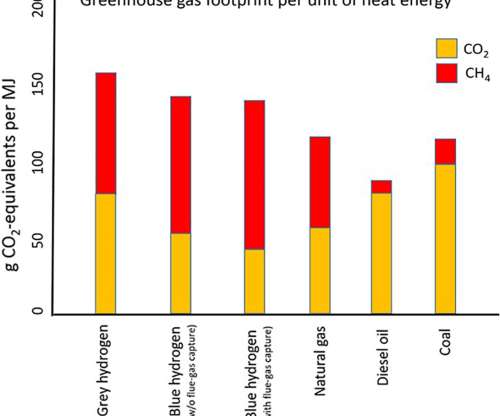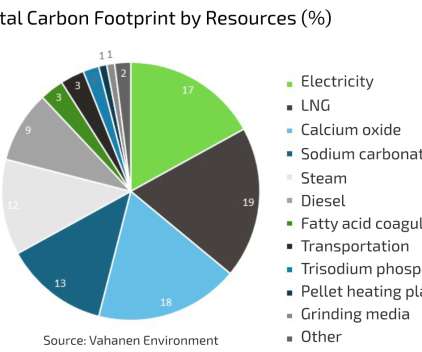NETL framework for assessing economic viability of recovering REEs from unconventional sources
Green Car Congress
JULY 26, 2023
Unconventional REE sources such as domestic coal and coal waste could yield the materials needed for the strong magnets necessary to turn wind into electricity and operate electric vehicles. This inconsistency stymies comparisons between techno-economic assessments. —Alison Fritz Resources Fritz, A.G., Tarka, T.J.







































Let's personalize your content